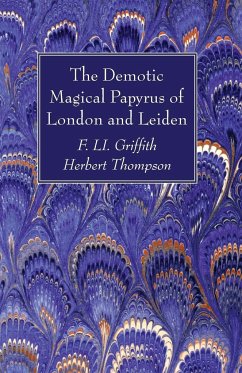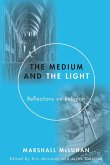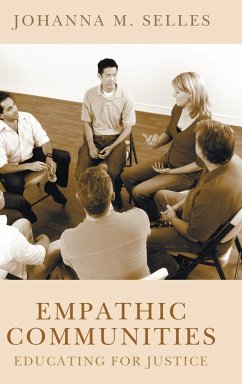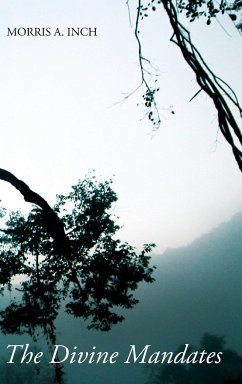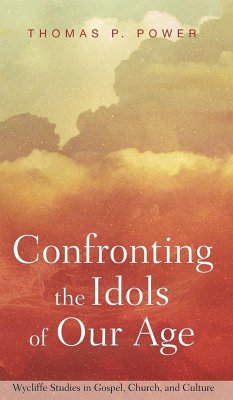How to invoke Anubis and release the dead . . . how to divine with a lamp . . . how to conjure up a damned spirit . . . how to have dream visions . . . how to make magic ointments . . . how to blind or kill your enemies . . . how to use the charm of the ring . . . how to invoke Thoth and bring good fortune . . . These are among the many topics of practical magic contained in the so-called Leyden Papyrus, an ancient Egyptian manuscript that dates from around the beginning of the Christian era. Probably the textbook of a practicing sorcerer in Egypt, this remarkable work containing scores of spells which the writer firmly believes will work: sex magic of various sorts, occult information, evoking visions, working evil, healing, removing evil magic--and all the other tasks that a sorcerer might have to undertake. Discovered at Thebes in the middle of the 19th century, assembled from fragments at Leiden and London, this fifteen-foot strip of papyrus is still one of the most important documents for revealing the potions, spells, incantations, and other forms of magic worked in Egypt. In addition to purely native elements involving the gods, the manuscript shows the influence of Gnostic beliefs, Greek magic, and other magical traditions. A transliteration of the demotic script is printed on facing pages with a complete translation, which is copiously supplied with explanatory footnotes. The editors supply an informative introduction and a classification of the types of magic involved. As a result, this publication is of great importance to the Egyptologist, student of magic, and the reader who wishes to judge the efficacy of Egyptian magic for himself.

